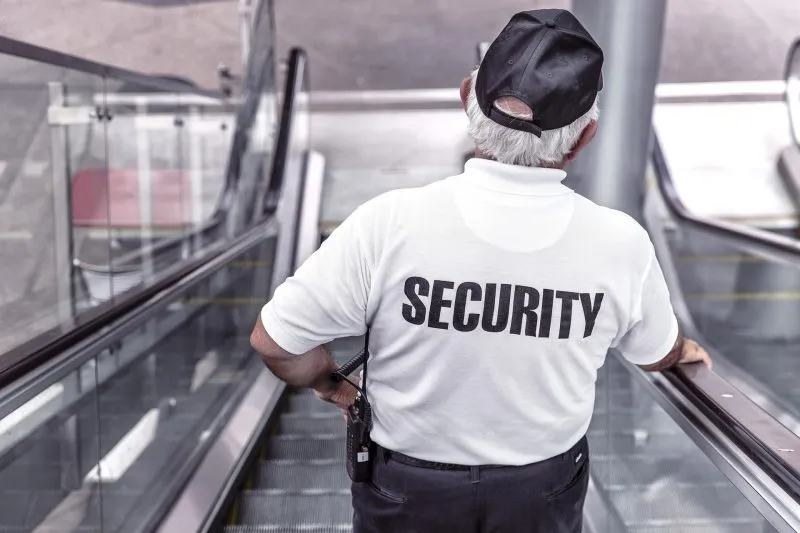The International Labour Organization estimates that each year, there are approximately 340 million workplace-related safety incidents that occur, and whilst the ratio of these events differs amongst industries, many employers will likely have to deal with such an event in their workplaces over the course of their careers.
A safety incident in the workplace is classified as any occurrence in which an employee, or any person within the workplace, is faced with a serious threat to their well-being and/or safety. It’s important to note here that an injury doesn’t actually need to occur for an event to be labelled as a safety incident- the risk of harm itself can be considered enough cause. This is important because a serious response to a near-miss can prevent injuries from happening in the future.
As leaders within the workplace, all employers should be prepared to deal with safety incidents and ensure that the health and well-being of employees are prioritised. One way to achieve this is to have regular workplace safety risk assessments that uncover potential causes of harm and allow them to be addressed before they cause any consequences.
Examples of workplace safety incidents
Safety incidents can take on many different forms in the workplace, and knowing what these are can be helpful in allowing you to assess how your organisation is able to minimise their occurrence.
These can include:
- Slips, trips and falls
- Crashes and collisions (i.e. walking into objects)
- Exposure to toxic or infectious substances
- Any major burns
- Physical fights at work resulting in injury
- Contact with hazardous chemicals
- Road accidents whilst on work duty
- Muscle and joint strain (e.g. from lifting, pushing or pulling objects)
- Being hit by falling objects
- Repetitive strain injury from workplace duties
- Serious cuts or lacerations to the skin
- Exposure to dangerous levels of noise
How to deal with a safety incident in the workplace?
When a safety incident does occur, the way you respond will depend heavily on its context, the type of injury/threat and any existing company policy. However, there are some steps that should be taken in all workplace accidents regardless of the event and these are detailed below.
1. Ensure the impacted employee(s) are safe
In any safety incident within the workplace, the first priority should be the injured or impacted employee’s immediate needs. This may vary depending on the safety incident that occurred and you will have to determine what type of care is needed. If there is an injury, medical attention should be provided as soon as possible and if an injury is severe, emergency services should be contacted immediately so that the right attention is provided.
The safety and health of the employee must come first before you take any other steps and this is part of an employer’s duty to their workers. If you are not at the location of the incident, you should make your way there as soon as possible and if this is not feasible, you should have someone appointed on your behalf to do so.
2. Secure the incident site
It is important to preserve and secure the incident site for a variety of reasons. At the time of the incident, it is in the best interest of everyone involved that access to the site is limited only to those that need to be there so no one else is injured and personnel are able to carry out their tasks without disruption.
It is also very useful in the aftermath when a workplace investigation may need to be initiated as an incident site that is as untouched as much as possible (excluding changes that were necessary for safety purposes) will allow for more accurate information and reporting.
3. Report to relevant authorities
Depending on where you live and your state’s WHS laws, you may have a regulator to which you need to report incidents that meet the criteria for severity.
These are often referred to as ‘notifiable incidents’ and typically include:
- the death of an employee (or any other person within the workplace premises)
- an injury or illness that causes serious harm to the individual
- a ‘dangerous incident’ that poses a safety risk to employees regardless of the occurrence of actual injury
- Additionally, you will also need to make sure that the relevant team members, management and family are notified.

4. Make sure you know what happened
Employers will need to make a series of important decisions following the incident, and having a thorough and detailed understanding of what occurred may require you to ask witnesses to share their accounts.
Gathering witness testimonies as soon as possible (ideally within 24-48 hours) can help improve the reliability and accuracy of provided accounts. One way you can achieve this is by conducting investigative interviews with everyone involved to ensure that you have a well-rounded picture of the event and make more informed decisions about how to proceed.
5. Complete the incident report
In the aftermath of a workplace safety incident, the completion of the incident report is a crucial and necessary step. The purpose of an incident report is to capture the facts of the event in as much detail as possible and it is vital to any internal investigations, legal requirements, regulatory bodies and external authorities. They can also be used for insurance purposes whereby completing an incident report form as efficiently as possible can help expedite any claims made by impacted parties.
Every safety incident should be documented as thoroughly as possible as they play an important role in maintaining a safe work culture by helping prevent similar occurrences, enabling improvements in workplace safety and allowing the organisation to protect itself financially and legally.
6. Develop a return-to-work program
When safety incidents occur, the impacted parties may have to temporarily step back from their duties for a multitude of reasons (e.g. recovery). The incident may also change how they are able to perform at work. As a result, coming back to the workplace can present a host of new challenges and be a source of stress and anxiety. A return-to-work program helps to combat this by enabling the individual to return to work through a transition period so they are able to regain their footing at a slower but more comfortable pace.
Whilst employers can do their best to ensure that safety is prioritised, addressed and taken very seriously, safety incidents are not always preventable. To prepare for such circumstances, it’s important to have steps in place that you can take to ensure the event is handled professionally.
The way you choose to respond will differ according to your personal approach and the safety incident itself but being prepared and having a process already in place will contribute significantly towards an efficient and effective response that minimises consequences.
Let's Get Started
Interested in learning more about how Polonious can help?
Get a free consultation or demo with one of our experts




